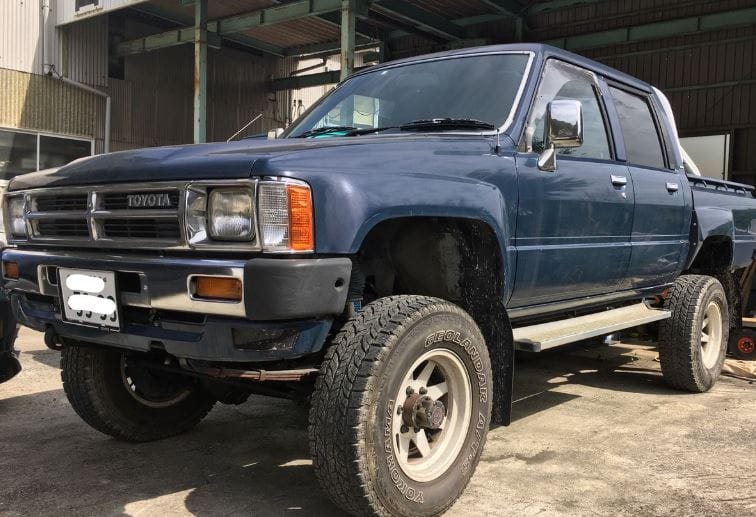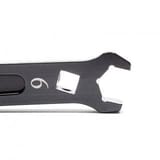Hilux SFA Suspension Maintenance: When to Check & What to Replace
The Toyota Hilux SFA is known for its rugged build and legendary reliability, but like any vehicle, it needs proper maintenance to keep performing at its best—especially when it comes to the suspension and steering components.
If you notice strange handling, vibrations, or wandering on the road, it might be time to give your suspension some attention. In this guide, we’ll cover when to check your Hilux SFA’s suspension and what parts are most commonly replaced.
When to Check Your Suspension
Your Hilux SFA’s suspension is built tough, but it works hard—especially if you’re using it for off-roading, towing, or carrying heavy loads. You should inspect it:
- Every 10,000–15,000 km as part of routine servicing.
- After any serious off-road trip or trail ride.
- If you notice uneven tyre wear or a pull to one side.
- When you feel steering play or hear knocking noises.
- If your ride feels bouncy or unstable at higher speeds.
A quick check can save you from bigger repairs later, and in a worst-case scenario, prevent steering failure.
🔗 Basic Suspension Maintenance Guide
Common Parts to Replace on the Hilux SFA
Because the Hilux SFA uses a solid front axle with leaf springs, it has a simpler suspension than modern bakkies. But over time, certain parts wear out and need replacing:
1. Tie Rod Ends
Tie rod ends connect your steering linkages to the wheels. If they get worn, your steering will feel loose and imprecise. Worn tie rod ends can also cause uneven tyre wear and even dangerous handling.
2. Drag Link
The drag link transfers steering movement from the pitman arm to the wheel hubs. Over time, the joints can develop play, causing vague steering or “death wobble” at certain speeds.
3. Leaf Spring Bushes
These rubber bushes help absorb vibrations and keep your suspension quiet. When they wear out, you’ll get more road noise and a harsher ride.
4. Shocks
Old shocks lose their damping ability, leading to a bouncy ride. Quality shocks not only improve comfort but also keep your tyres in contact with the ground for better control.
5. Steering Damper
The steering damper helps prevent vibrations and wobble through the steering wheel. If yours is leaking or weak, your Hilux can feel twitchy, especially on rough roads.
Pro Tip: Check the Basics First
Before replacing parts, make sure all bolts are tight and the suspension is properly greased. A well-greased and torqued suspension can feel brand new without major replacements.

Conclusion
Regular suspension checks on your Hilux SFA aren’t just about comfort—they’re about safety and keeping your bakkie handling the way it should. By replacing worn parts like tie rod ends, drag links, bushes, shocks, and dampers when needed, you’ll keep your Hilux feeling tight and trail-ready for years to come.
When was the last time you inspected your Hilux’s suspension?
